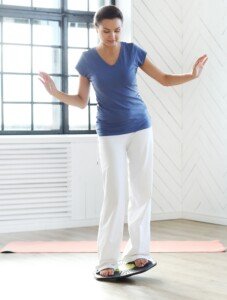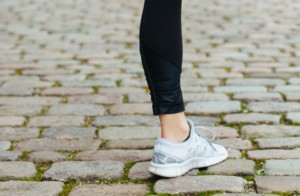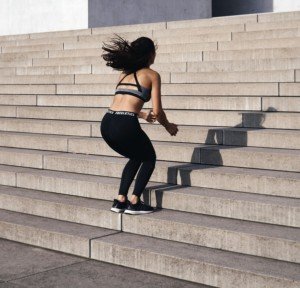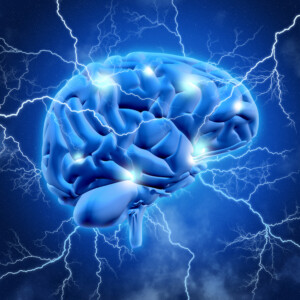Brain power can be improved by doing physical things like balance and not just by performing mental tasks like crossword puzzles.
Never underestimate the effectiveness of balance-based exercises for improving the function of your brain.
Balance and coordination training will boost the power of your brain by engaging the nervous system to take on new challenges.
Neuromuscular facilitation is what happens when you perform balance exercises, and this affects the brain by forcing new neural connections to develop.
Exercise that revolves around balance will help prevent or minimize cognitive decline that comes with age.
You’ve certainly seen some balance-training tools at your gym, namely, wobble boards and pliable curving surfaces that people stand upon.
And for some individuals, just maintaining a standing position on these is challenging. For others, merely standing on these implements is too easy.
When you do balance exercises, the brain gets involved by trying to figure out how to solve the riddle of keeping balance during the task.
This keeps brain neurons active and working, causing them to sprout new pathways that link to other neurons.
Suppose it’s a major struggle for you to stand on a mushy air cushion or shaky wobble board, and at the same time, perform dumbbell curls.
If you do this often enough, eventually it will become easy; your nervous system has sprouted new neural connections to carry out this task efficiently. Your brain was involved just as much as your feet, legs and arms.
Convenient Balance Exercises for Boosting Brain Health

Wobble board. A simple, cheap board will do. These are sold online. If you need to at first, lightly hold onto a table or countertop. Freepik.com, Racool_studio
-Stand on one leg. If this is easy, lift the knee high. Rotate the raised leg to your side. Close eyes. Do this standing on a wobble board or air cushion. Add arm and torso movement.

Shutterstock/Jacob Lund
-Walking or jogging backwards on a treadmill without holding on.
-Walking or cantering sideways on a treadmill without holding on.
-Step-back lunges, and forward and side kicks (cardio kickboxing classes/martial arts).
-Swiss ball routines. For example, sit on ball and grab right foot with both hands, and pull leg up to stretch the hamstring (leg does not need to be perfectly straight up), while other foot remains planted on floor. Hold for about 8 seconds, then switch legs.
-Bench crunches. Keep hands in the air, crossed at your chest, or folded atop your head, while crunching in as tightly as possible before extending the legs.
-Hopping up a flight of stairs with both legs at the same time, without holding the railings.

-And of course, one of the best ways to improve balance is with yoga.
As you improve brain power with balance exercises, you may not realize it in a direct way, especially if you’re younger.
But as you age, all that balance exercise will come in handy because you’ll have more “neural reserves” from which the aging process will draw from.
 Lorra Garrick is a former personal trainer certified by the American Council on Exercise. At Bally Total Fitness she trained clients of all ages for fat loss, muscle building, fitness and improved health.
Lorra Garrick is a former personal trainer certified by the American Council on Exercise. At Bally Total Fitness she trained clients of all ages for fat loss, muscle building, fitness and improved health.
.

























